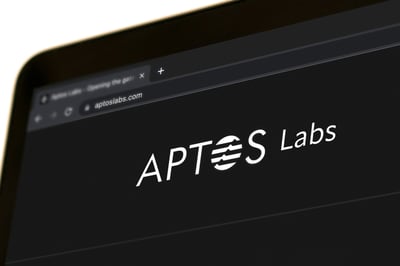Crypto is a minefield littered with boobytraps that can ruin the foolhardy and the careless. All it takes is an inattentive click to approve a malicious smart contract that drains your wallet. Others have lost funds through aping into new tokens whose liquidity isn’t locked, only to see the token creator “rugpull” and make off with all their funds.
Make no mistake, it’s a warzone out there that can part the uninitiated from their crypto and leave even experienced operators nursing their wounds. But like any battlefield, there is armor available to fortify intrepid soldiers against the traps that malicious operators are prone to set. Equip yourself with these tools, and you can safely navigate the crypto trenches, prevailing against whatever comes your way.
Know the Hazards Before You Ape
Smart contracts are written in code, and like any software, they can contain bugs or vulnerabilities. A coding mistake or oversight can lead to unexpected behavior, security flaws, or even loss of funds. Smart contracts are routinely exploited due to coding errors, and given that even auditors can miss bugs in code, there are no guarantees that a smart contract is 100% safe. Nevertheless, the presence of one or more third-party audits should increase your confidence in a protocol’s safety.
This isn’t the only risk users face when interacting with smart contracts, however. Because they are designed as autonomous, self-executing code, contracts operate according to predefined rules without any centralized authority. However, this can pose risks as there may be no mechanism for resolving disputes, updating the contract, or addressing unforeseen circumstances. Users can face difficulties if issues arise that require modification. Conversely, smart contracts that can be modified are at risk of being exploited by a malicious creator.
Interacting with smart contracts requires you to execute transactions correctly and take necessary precautions, such as verifying contract addresses, gas fees, and transaction details. Mistakes in executing transactions or mishandling private keys can result in irreversible loss of funds. Deploying tools that aid in the comprehension of smart contracts and in decoding the nature of transactions being signed can reduce these risks. There are a number of solutions that can help in this regard.
How to Keep Scammers at Bay
One of the most popular tools for safe web3 navigation is Blockfence. It forms a web browser extension that alerts users to the risk of being scammed anytime they interact with a smart contract. A combination of machine learning and community-supplied data are used to identify risky platforms and contracts and to alert users before they approve a malicious transaction. Blockfence is particularly good at identifying phishing scams as well as smart contracts designed to steal funds. It’s probably the best universal solution for smart contract navigation on the market today.
Given that web wallets are the primary means of interacting with web3, it’s here that inexperienced users can come unstuck. Thankfully, the best web wallets now incorporate protections to alert users to mistakes they may be on the verge of making. BlockWallet, for example, includes a tool for revoking token allowances within the wallet. This allows users to reduce the attack surface by revoking permissions for smart contracts they’ve previously interacted with.
Finally, DEX trading terminals, which allow users to view market data for tokens and to execute swaps, are a valuable source of information. Dextools is one of the most popular such platforms, covering scores of EVM chains including Ethereum and BNB Chain. Enter the contract address for a token and you can instantly view its volume, liquidity, and trust rating. If you can’t see any sells for a token, it’s a sure sign that it contains malicious code and should be avoided.
Keep Your Wits About You
The blockchain and smart contract landscape is still evolving, and different platforms may have varying standards, protocols, and levels of security. Using or interacting with smart contracts across different platforms can introduce interoperability and compatibility risks. Even if a contract doesn’t contain malicious code, in other words, it’s still possible to come unstuck.
To mitigate these risks, exercise caution and conduct thorough research before purchasing a new token or interacting with a smart contract for the first time. This includes checking for security audits, using reputable platforms, applying proper transaction and wallet security measures, and arming yourself with defensive tools that will alert you to the first sign of danger.
 Nikolas Sargeant
Nikolas Sargeant





